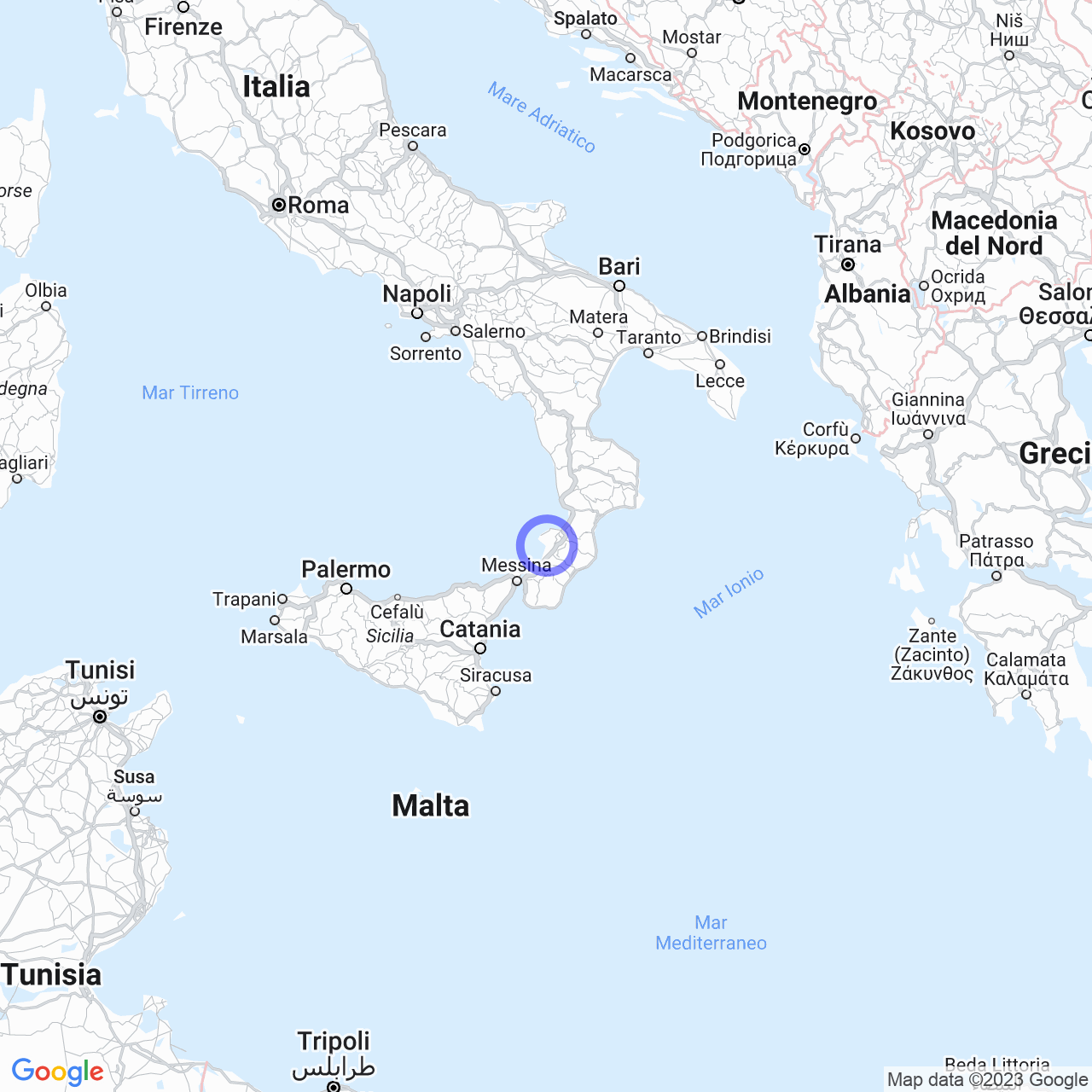Nicotera
Vibo Valentia: the capital of the Calabrian province
Vibo Valentia is a commune located in the Calabria region, capital of the homonymous province. With its 31,123 inhabitants, it lies on the Coast of the Gods, one of the most famous areas of the Calabrian coast. The city represents an incredible crossroads between the hinterland, the Calabrian mountain range of the Serre and the maritime area, thanks to the presence of the port and tourist stations. On a large, rocky hill terrace, Vibo Valentia also has an important strategic position in the territorial context.
Geography
Vibo Valentia is located on a hill, an area that has been of great importance since ancient times of Greece and the Roman Empire. The city can only be reached by car, precisely because of its panoramic and strongly hilly position. The municipal territory is characterized by the presence of the Mesima river, which rises on Mount Mazzucolo and flows into the Mediterranean Sea. The other important watercourses are the Sant'Anna and Trainiti streams.

Climate
The summer climate in Vibo Valentia is not torrid, barely exceeding 30°C, but humidity can make it feel suffocatingly hot. The situation is slightly different in coastal areas, where temperatures can even reach 35°C with lower humidity. In general, the climate is pleasant, never too cold, and sunny days can reach 20°C.
History
The territory of Vibo Valentia has a rich history and culture: it corresponds to the ancient Hipponion, an important city of ancient Magna Graecia. After the Roman Empire, the colony of the Empire of Valentia was established. During the early Middle Ages, Vibo Valentia was a fortified center under the control of the Byzantine Empire. Subsequently, it was under Norman control and changed its name to Monteleone, becoming the capital of Calabria Ulteriore. In 1992, Vibo Valentia became the capital of its province when it was split from Catanzaro.
Economy
The economy of Vibo Valentia focuses on specific areas of the territory. The highest population concentration is on the hill, where most of the commercial activities are also located. Industrial activities are concentrated in three different areas: Aeroporto, Porto Salvo, and on the border with Maierato. The latter is a small industrial town that borders Vibo Valentia. Thanks to the presence of the multifunctional port and railway station, Porto Salvo represents one of the most important industrial centers in the territory.
Culture
The city is famous for its historical monuments such as the Norman-Swabian castle, built on a high hill, which is one of the symbols of the city. Within the historic center, there are traces of the various dominations that have succeeded in the history of Vibo Valentia. The churches that can be found on every corner of the city are very beautiful, such as the Church of the Rosary, the Cathedral of San Leoluca, and the Church of Santa Maria della Vittoria.
Events
The city of Vibo Valentia is also very active in promoting cultural and tourist events. There are many festivals and events that take place throughout the year, such as the Feast of San Leoluca, the patron saint of the city, during which concerts, music shows, and fireworks are held. The Red Orange Festival is also very famous, where you can taste typical products of the city.
Conclusions
In conclusion, Vibo Valentia is a city that does not fail to offer the opportunity to immerse oneself in an atmosphere rich in history and culture. Thanks to its panoramic position and the beauty of its territory, the city always represents an ideal destination for those who want to rediscover the beauty of Calabria.
